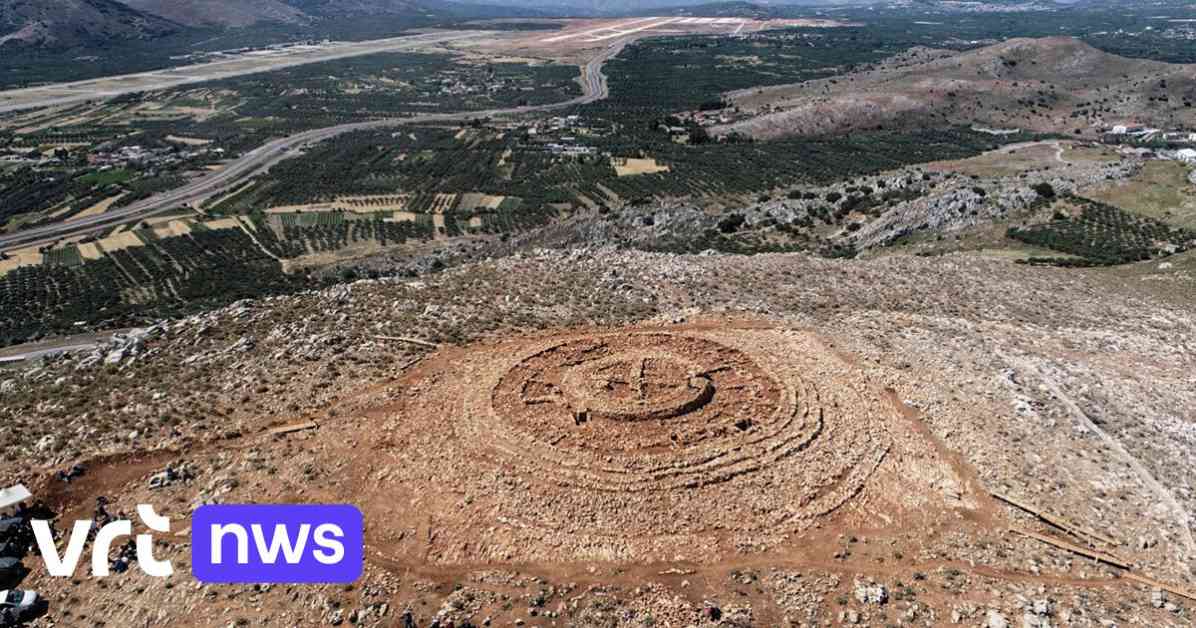Archaeologists on the Greek island of Crete have uncovered a 4,000-year-old round stone building. It seems unique and raises many questions. At the same time, it may disrupt the construction of a new airport.
Aerial photos show that the building, which covers about 1,800 square meters, somewhat resembles a cartwheel. It consists of 8 rings connected by small openings, like a labyrinth. It may have once had a cone-shaped narrow roof.
The round stone building was excavated on the top of a 500-meter-high hill in Kasteli, in central Crete, just below the city of Heraklion. A new airport is being built in Kasteli to replace the current Heraklion airport by 2027 and is expected to welcome up to 18 million passengers annually.
At the hilltop, a radar station for the new airport was supposed to be built, but it seems that another location may need to be found. The Greek Minister of Culture, Lina Mendoni, who is an archaeologist herself, acknowledges the importance of protecting ancient discoveries while continuing airport construction.
This newly discovered building likely dates back to between 2000 and 1700 BC, around the same time as the Minoan palaces of Knossos and Phaistos on Crete. However, it is quite different from those well-known monuments. This discovery is unique and particularly interesting.
Archaeologists are unsure of the building’s purpose. It doesn’t appear to have been used for habitation but possibly for religious rituals. A large amount of animal bones was found inside. The size, layout, and precise construction of the building suggest that significant labor, specialized knowledge, and strong central governance were required to build it.
The Minoan civilization thrived on Crete between 2700 and 1200 BC. By the end of the third millennium, the Greek island became a center of civilization with cities and grand palaces like those in Knossos and Phaistos. The Minoan civilization had a profound influence on the entire Mediterranean region.

